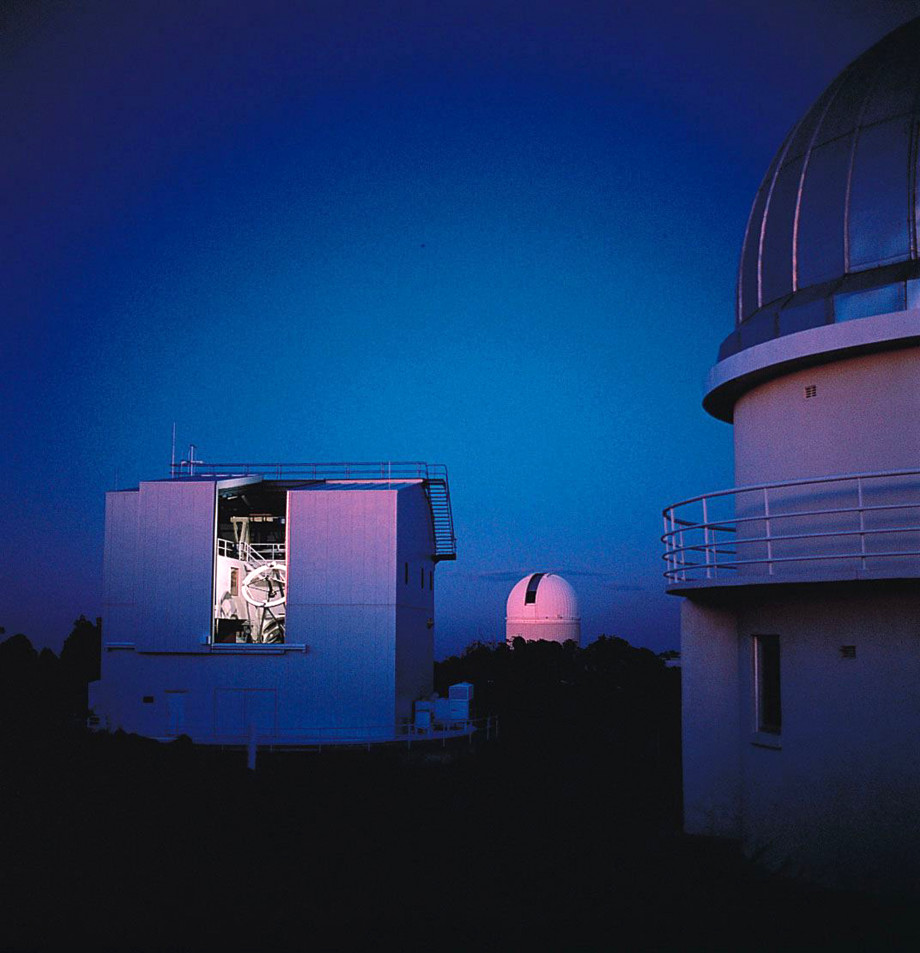Universe’s Wayback machine
Astronomers have discovered a star on the other side of the Milky Way that helps provide answers about the very first stars in the Universe.
Located 35,000 lights years from Earth, this is the most iron-deficient star ever detected.
Dr Thomas Nordlander, from The Australian National University, together with colleagues from Australia, the US and Europe, found the red giant star SMSS 1605−1443 using data from the university’s dedicated SkyMapper Telescope at the Siding Spring Observatory in NSW.

NCI plays a major role in the Australian All-Sky Virtual Observatory (ASVO) through collaboration with the SkyMapper instrument and its data releases. The SkyMapper Southern Sky Survey dataset is hosted by NCI – over 100 TB of telescope scan data archived, and accessible through a real-time portal. SMSS 1605−1443 was discovered as part of the SkyMapper search for extremely metal-poor stars, using this very data set.
“In addition to the observational data, we expect to use 20 million hours of computing time at NCI in 2019 alone for our theoretical calculations. This is because the spectra of these stars are hard to interpret, and correctly determining their chemical composition is very computationally intensive.
“NCI is really the only resource for doing this in all of Australia.” Dr Nordlander states.
“This incredibly anaemic star, which likely formed just a few hundred million years after the Big Bang, has iron levels 1.5 million times lower than that of the Sun.
“Just one atom in every 50 billion is iron - that’s like one drop of water in an Olympic swimming pool,” explains Dr Nordlander.
This record-low iron level indicates that the star is the child of one of the first stars.
Hydrogen, helium, and traces of lithium were created immediately after the Big Bang, and were the ingredients of the first stars. All heavier elements came from the pressure and heat of those stars exploding.
It was predicted that the first stars were massive – perhaps 100 times the mass of our Sun – and formed in a group together with a few slightly less massive companions. If this had been the case, the more massive stars would have exploded violently before the smaller ones, releasing their elements into the Universe.
The spectrum of the second-generation star indicates that this was not the case.
Instead, the parent star has been determined to only have been about 10 times the mass of the Sun, and had a relatively mild stellar explosion. Therefore, the matter ejected did not have a lot of energy, and so the gravitational pull of the remnant held onto most of the newly forged iron and other heavy elements.
The tiny amount of iron that escaped joined with an abundance of lighter elements to form the new second-generation star - formally dubbed SMSS J160540.18–144323.1.
Co-researcher Professor Martin Asplund, also at The Australian National University, said it was unlikely that any true first stars have survived to the present day.
“The good news is that we can study the first stars through their children – the stars that came after them like the one we’ve discovered,” he says.
Read more about SkyMapper here or read all of our Astronomy Case Studies.
Read the original paper here - https://academic.oup.com/mnrasl/article/488/1/L109/5533336